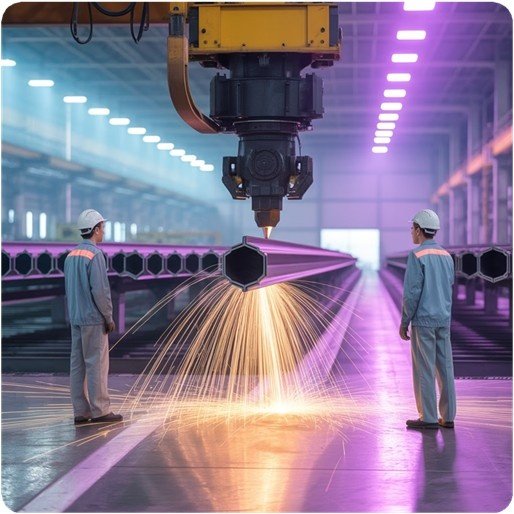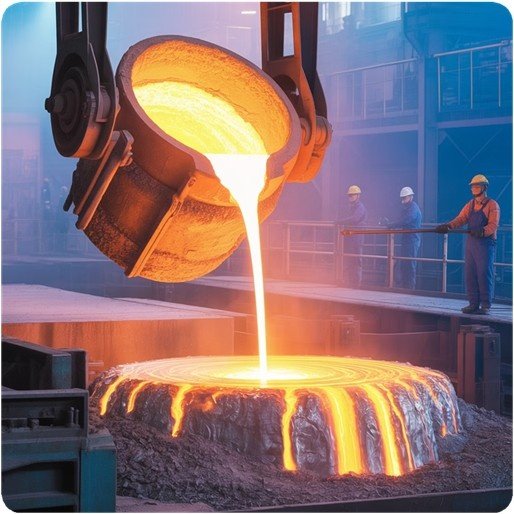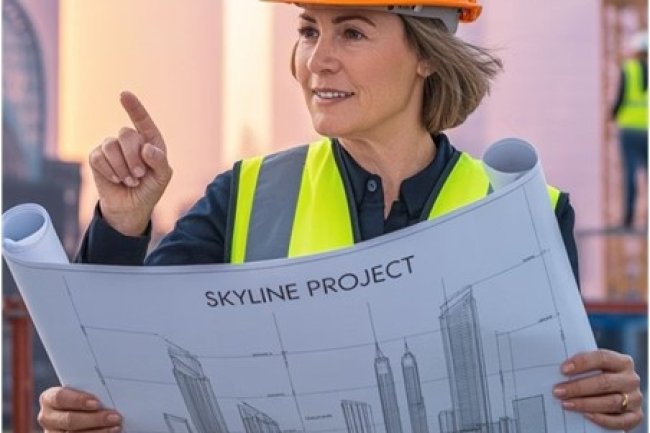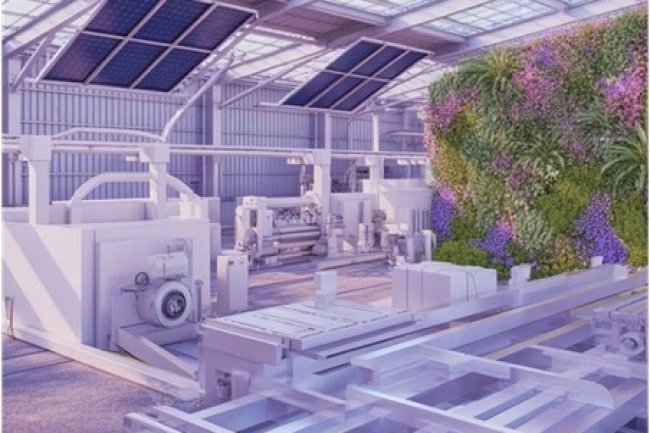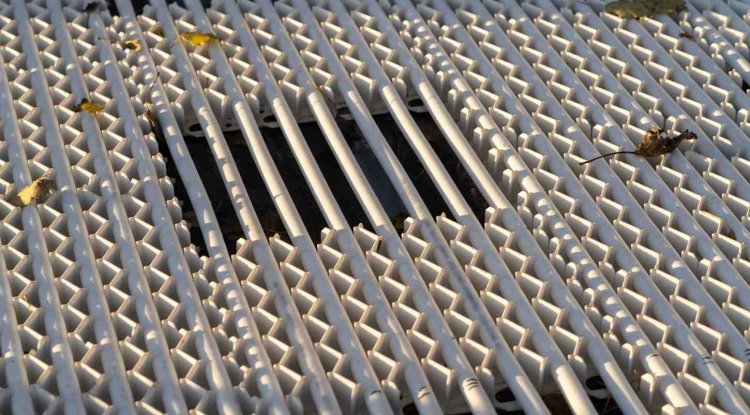Cold-Formed Steel vs Hot-Rolled Steel: Best Choice for Construction
Compare cold-formed and hot-rolled steel for modern construction. Explore strength, applications, cost, and expert engineering insights.
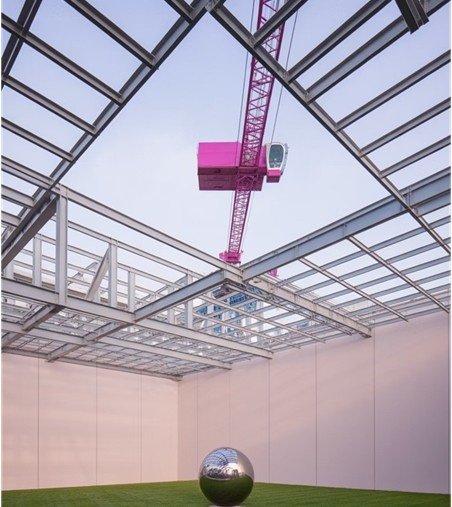
Understanding Steel Formation Processes
|
Cold-formed steel is shaped at room temperature through rolling, pressing, or stamping. This process creates precise, lightweight sections with excellent dimensional accuracy. The cold-forming process actually increases the steel's yield strength through work hardening, making it stronger than the original material. |
Hot-Rolled Steel
Hot-rolled steel is formed above its recrystallization temperature, typically over 1700°F. This high-temperature process allows for easy shaping of larger, more complex sections but results in a slightly rougher surface finish and less precise dimensions due to cooling shrinkage.
|
Key Performance Characteristics
Strength-to-Weight Ratio
Cold-formed steel excels with superior strength-to-weight ratios, making it ideal for residential and light commercial applications. Hot-rolled steel provides maximum load-bearing capacity for heavy industrial structures.
Precision & Tolerances
Cold-formed sections offer tighter tolerances and consistent dimensions, crucial for prefabricated construction. Hot-rolled steel has looser tolerances but accommodates larger structural requirements.
Surface Quality
Cold-formed steel delivers smooth, paint-ready surfaces that enhance aesthetic appeal. Hot-rolled steel requires additional surface preparation but provides exceptional durability.
Cost Analysis: Beyond Initial Material Pricing
|
|
While hot-rolled steel often has lower raw material costs, the total project economics tell a different story. Cold-formed steel's lightweight nature reduces foundation requirements, speeds installation, and lowers transportation costs. Labor savings from faster assembly often offset higher material costs. Hot-rolled steel's cost advantage shines in large-scale projects where material volume creates economies of scale. However, factor in welding, surface preparation, and heavier equipment requirements for a complete cost picture. |
Design Considerations & Engineering Insights
Load Requirements Analysis
Evaluate structural loads early to determine if cold-formed steel's strength capabilities meet project demands, or if hot-rolled sections are necessary for heavy loading conditions.
Connection Design Strategy
Cold-formed steel relies on screws and bolted connections, while hot-rolled steel accommodates welded connections. This impacts both design flexibility and construction sequencing.
Code Compliance & Standards
Different design standards apply: AISI codes for cold-formed steel and AISC specifications for hot-rolled steel. Understanding these requirements early prevents costly design revisions.
The Consac LLC Advantage in Steel Design
At Consac LLC, our structural engineers leverage advanced BIM technology to optimize steel selection for your specific project requirements. We analyze load paths, connection details, and constructability factors to recommend the most cost-effective steel solution.
Our expertise spans both cold-formed and hot-rolled steel design, from residential framing systems to complex industrial facilities. We integrate steel design with our comprehensive services including concrete structures, wood detailing, and industrial projects to deliver holistic structural solutions. Request Consultation
What's Your Reaction?







